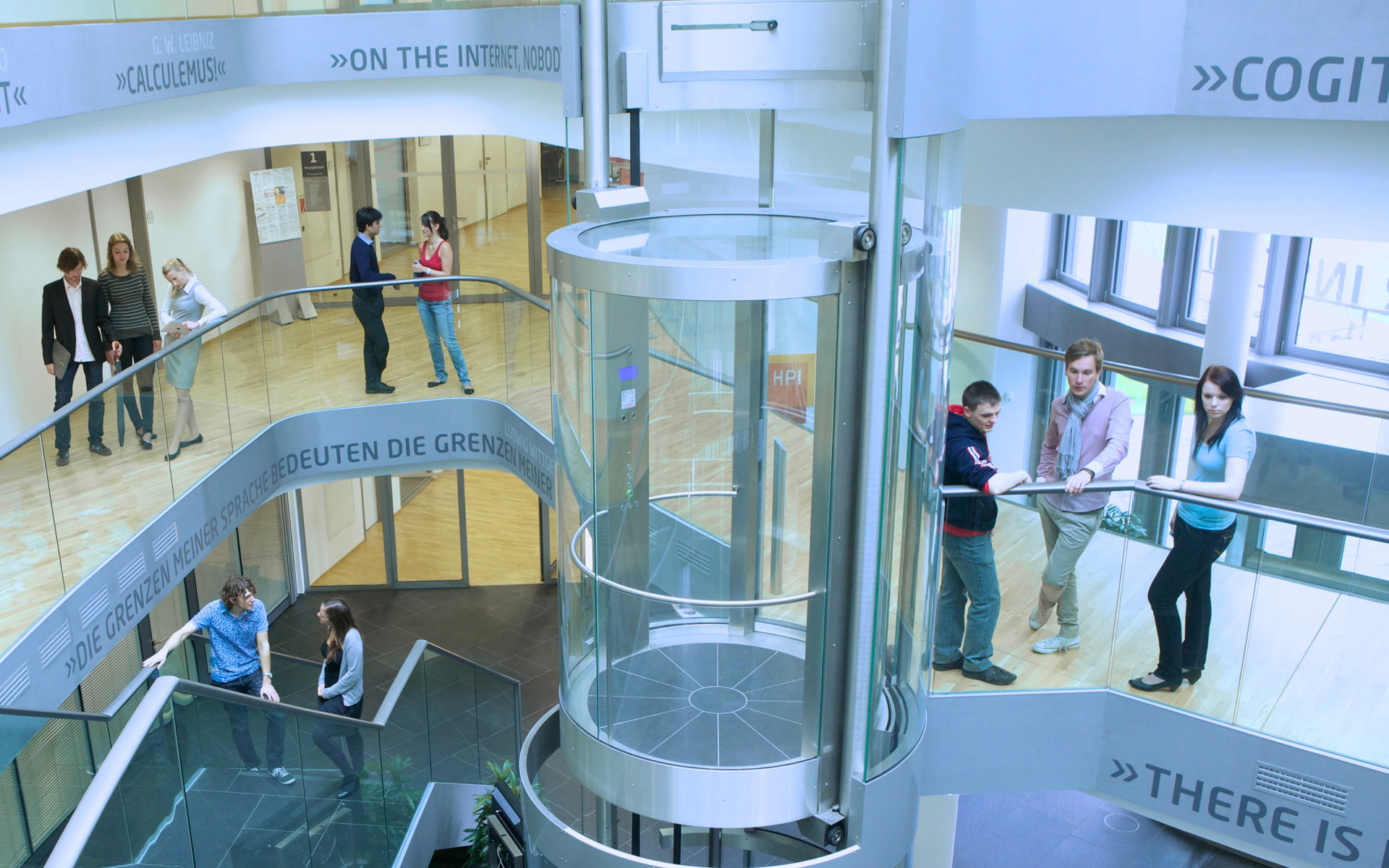In case that there are no semantics assigned to the dataset's attributes, they have to be assigned by the service. In DAQS, we use an instance-based as well as an machine learning classification approach to do that.

The figure shows the instance-based and machine learning classification classes.

